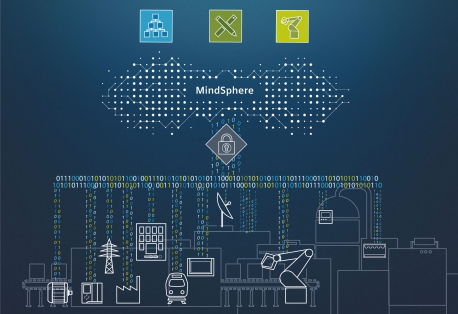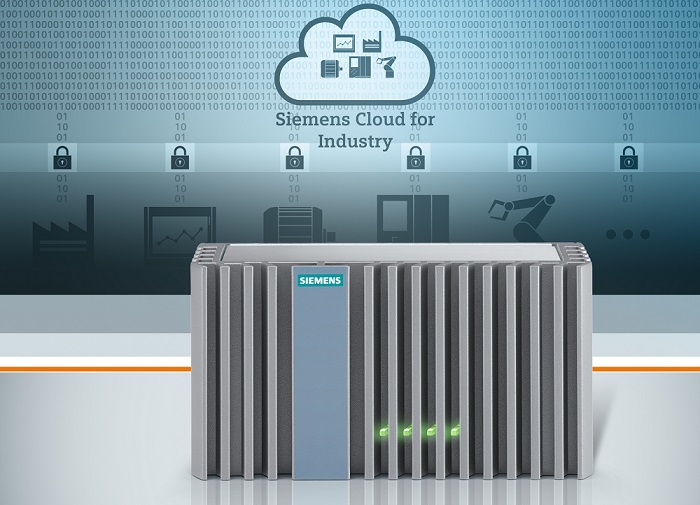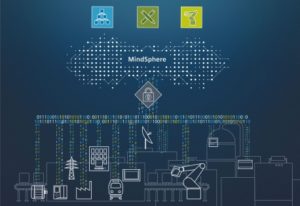
Siemens says it wants to strengthen its position as a ‘digital company’

One of the largest engineering companies in the world – famous for making humungous, physical things for the real world – is increasingly enthusiastic about the digital world
Siemens says it aims to achieve double-digit annual growth in digital business every year through to the next decade.
The company expects its software business, and its digital services and platforms to be the main growth drivers.
Its MindSphere cloud-based, open operating system was recently rolled out companywide, which has transformed many of the processes at Siemens.

The company plans to build on this by integrating IBM Watson Analytics into MindSphere.
Moreover, Siemens says it will increase its investments in research and development to more than €5 billion.
Siemens wants to further strengthen its position as a digital company and achieve double-digit growth in software, digital services and cloud platforms every year through 2020.
In fiscal 2016, Siemens generated revenue of more than €1 billion with digital services and around €3.3 billion with software solutions, an increase year-over-year of around 12 percent, which is considerably above annual market growth of some 8 percent.
The new MindSphere cloud platform, which Siemens is now rolling out companywide, will also be a growth driver. It will enable Siemens for the first time to offer customers in sectors ranging from industry to rail operation a cloud-based, open operating system for the Internet of Things.
It will also make it possible to develop and operate apps and digital services. To take just one example: the immense data volumes generated at a production facility or a company can be swiftly and efficiently collected, evaluated and utilized to improve, for instance, system performance and availability.
The new technology also helps customers evaluate and leverage data to achieve new insights. For example, it paves the way for completely new business models such as the sale of machine hours.
Joe Kaeser, Siemens president and CEO, says: “The digitalization platform MindSphere is a key element in our Vision 2020’s innovation strategy. It’ll enable us to decisively shape digitalization at our customers and at our own facilities – across all sectors and businesses.”
To further strengthen its power of innovation, Siemens is planning to increase its investments in research and development in fiscal 2017 by some €300 million to around €5 billion. Since fiscal 2014, the company’s R&D investments have grown by about 25 per cent.
A major part of these additional funds are earmarked for automation, digitalization, decentralized energy systems and the new venturing unit next47.
Research intensity, which equals the ratio of R&D expenditures to revenue, was 5.9 percent in fiscal 2016. This figure will further increase in fiscal 2017.
Siemens is working with IBM to further simplify the data analysis functions of MindSphere for customers. The companies are planning to integrate the data analysis service IBM Watson Analytics and further analysis tools into MindSphere.
This is designed to give business customers access to visualization functions and dashboards, while app developers and data analysts will be able to use analytics technologies via interfaces. IBM is also planning to develop apps for MindSphere – for example in the area of predictive maintenance.
IBM and Siemens want to bundle their respective competences – in the area of efficient analysis technologies and the automation and digitalization of industry. In this way the two companies want to assist their customers on their way to digitalization.
Siemens has also improved in the area of patents. As of September 30, 2016, the company’s continuing operations held some 59,800 patents worldwide. At the end of fiscal 2015, the figure was 56,200.
In fiscal 2016, Siemens employees submitted about 7,500 invention disclosures – an average of about 30 per workday. The number of R&D employees at the company averaged 33,000 in fiscal 2016 – about 800 more than in the previous year.
